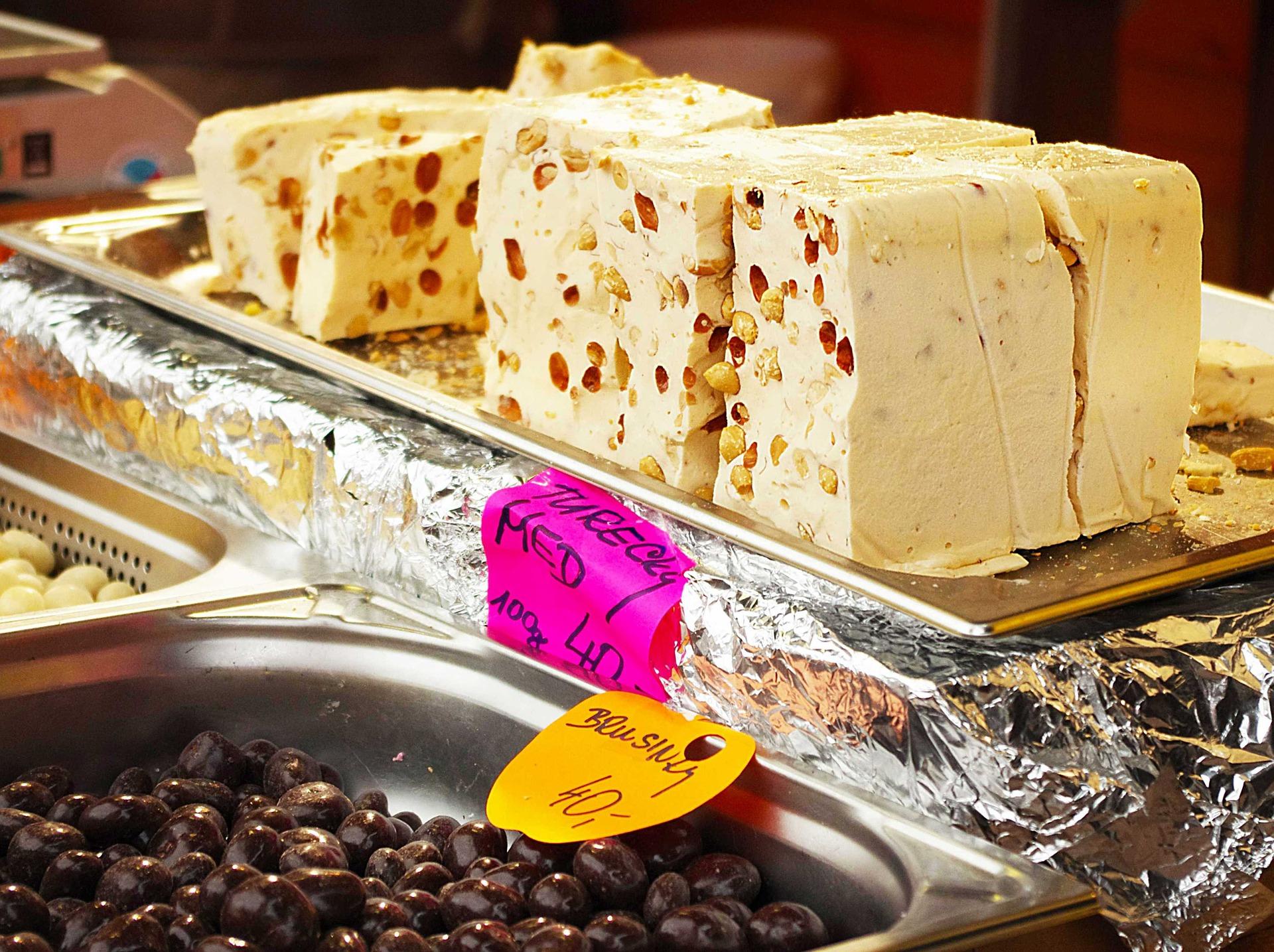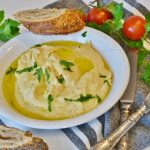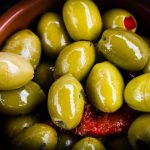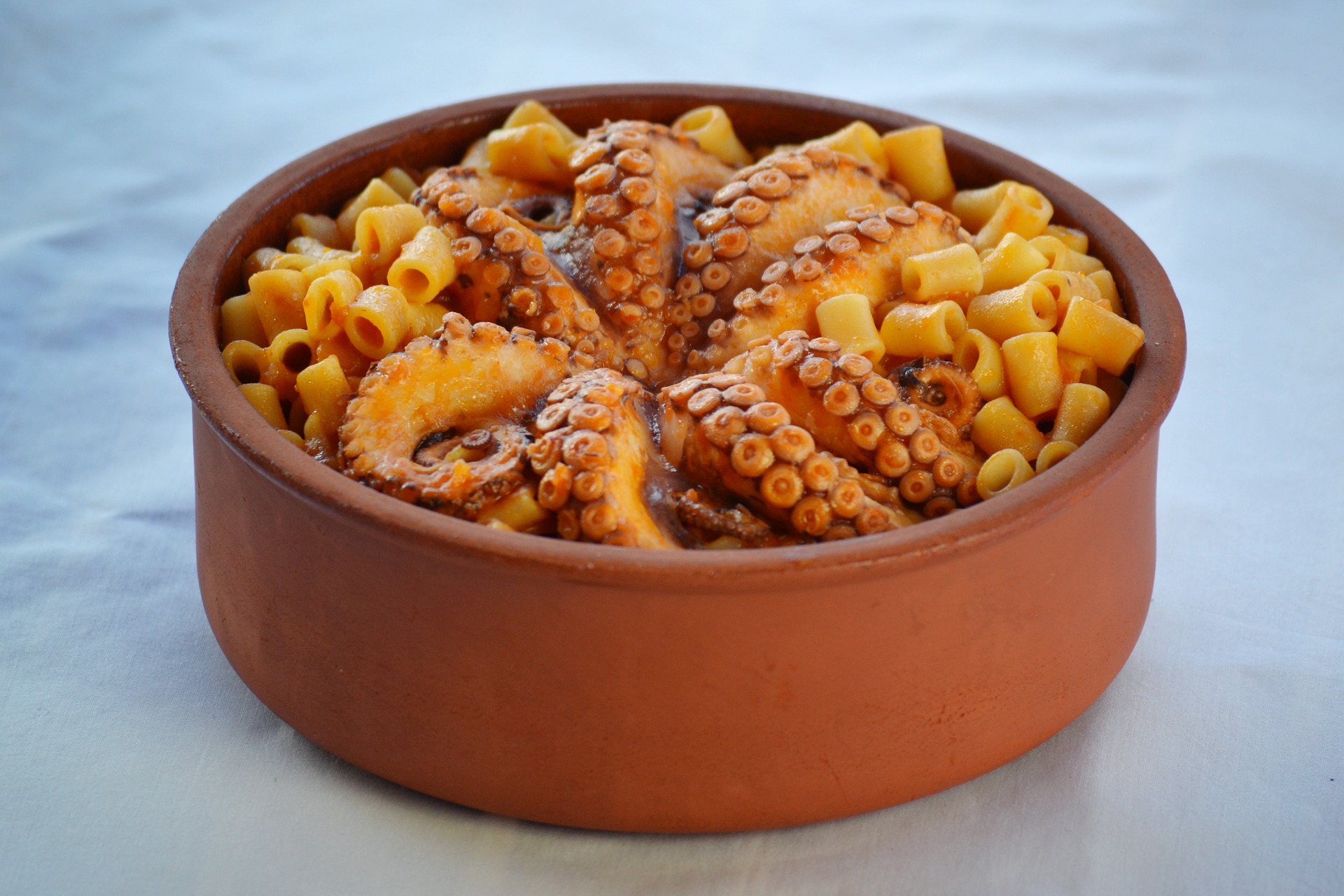Food is one of the most important aspects of Greek everyday life and culture. This is no different in the Greek Orthodox fasting periods. Although Lent – the 40-days fasting pre-Easter – is about mourning and abstinence, there is an abundance of special fasting products available making Lent just another glorious Greek culinary experience. Let’s have a look at the first and most festive day of Lent; Clean Monday, or in Greek Kathara Deftera.
Clean Monday
Kathara Deftera is an important public holiday in Greece. It is the first day of the forty day fasting period before Easter that starts immediately after the carnival. It is called this way to indicate spiritual and physical cleansing and refers to Jesus Christ fasting for forty days in the wilderness. Katharà or Katharòs means ‘clean’ in Greek. The day of Clean Monday is sometimes called “Ash Monday,” by analogy to “Ash Wednesday,” the day during which Lent in western Christianity begins.
Koulouma
On Clean Monday, many Greeks travel to the countryside to fly a kite in nature and to enjoy a (picnic) meal together. You can see kites everywhere on Clean Monday, they symbolize the spirit flying to heaven. The Greeks call this exodus to the countryside Koulouma. Families and friends meet and everyone will bring fasting foods and drinks. Wine is very popular on this occasion and there will often be singing and dancing. Clean Monday, however, is not only associated with eating fasting products, it is also considered to mark the beginning of the spring season, the kite flying is also part of this tradition.
Clean Monday Menu
Foods during the seven weeks of Lent, also called Sarakosti, are fixed according to Lenten restrictions. This generally means no meat or fish (nothing with red blood) and nothing derived from animals with red blood (no milk, cheese, yogurt, eggs, etc.). However, Clean Monday has its own food traditions. All over Greece, people will lay their tables with dishes that have been customary for generations.
Lagana
The most important of all foodie traditions on Clean Monday is the Lagana bread. Bakers make this special flat oval-shaped bread only once per year for Clean Monday. They used to prepare this bread unleavened, thus without the yeast. However, leavened Lagana is nowadays more common. Sesame seeds are the most common topping on Lagana and often fresh or dried herbs such as thyme, oregano or rosemary are added for more flavor. The most characteristic of this flatbread is the fingertip impressions or carvings. The baker will dip his hands in olive oil and with the tips of his fingers form some small holes on the surface. The name of this bread is derived from the Greco-Roman pastry dough word Lagana, which is also the origin of the word ‘lasagna’. As a type of bread, its characteristics are quite similar to the Italian focaccia. Enjoy it with bloodless seafood like calamari, shrimps, octopus, oysters, and mussels or with the famous Clean Monday culinary delight called taramas. On Clean Monday it is tradition to tear and not slice your loaf of lagana to avoid bad luck.
Taramas or Taramosalata
Taramas is fish roe. Taramosalata is a Greek word that means ‘salted fish roes’ or fish roe dip. It is rich and salty dip made from cod or mullet roes, olive oil, lemon juice and bread or potatoes. Although we can see a pink version of Taramosalata, the authentic Taramosalata has a beige color. Traditionally people ate plane fish roe (taramas) on Clean Monday but nowadays Koulouma is accompanied by Taramosalata. Tarama is sometimes called “the common man’s caviar.” Combined with olive oil and bread, it makes one of the tastiest and most famous of all Greek meze. Taramosalata is ideal for spreading on the lagana. Unliked lagana, you can find taramosalata in Greece throughout the year.
Halva
As for a dessert on Clean Monday, there is halva, the official sweet of Kathara Deftera and the whole Lent. A sweet with no eggs, no dairy and no oil. Halva is made of sesame or semolina paste mixed with sugar syrup or honey or with threpsini, which is a natural sweetener produced from raisins. You can find halva in many tasty varieties of which the most popular are chocolate and vanilla. Some have nuts such as almonds, peanuts or pistachios. Halva is sold packed in blocks or sold by weight. Halva is part of Lent because it is very nutritious and a good source of protein and calcium and one of the healthiest and delicious sweets. The word halva is Arabic in origin. “Halwa” means ‘candy’ or ‘sweet’.
Other gastronomical customs that cannot be left out on Koulouma are olives, many kinds of vegetables such as beets and boiled beans without oil. You will also find the famous dolmades or dolmadakia and fava, a delicious bean dip made from yellow split peas. Children make a Kyra Sarakosti or Lady Lent, a doll made of paper or baked with flour with seven legs to represent the seven weeks of Lent. Every week the children cut off a leg to remember how many weeks remain until Easter.
Despite Koulouma traditionally being a countryside picnic, Athens is great for Clean Monday too. The Athenians gather at the Philopapou hill opposite the Acropolis to fly their kites. Rural areas just outside Athens are also popular. It is very busy in the taverns in the city center and harbors. Make sure you make an early reservation if you want to enjoy Clean Monday in a tavern or restaurant!
Want to learn more about Clean Monday and Lent?
Book a tour with Food Around Athens and experience a culinary journey into the Great Greek Foods!









